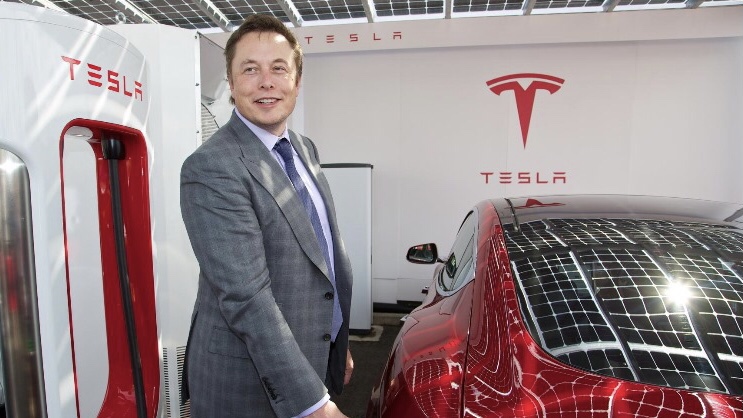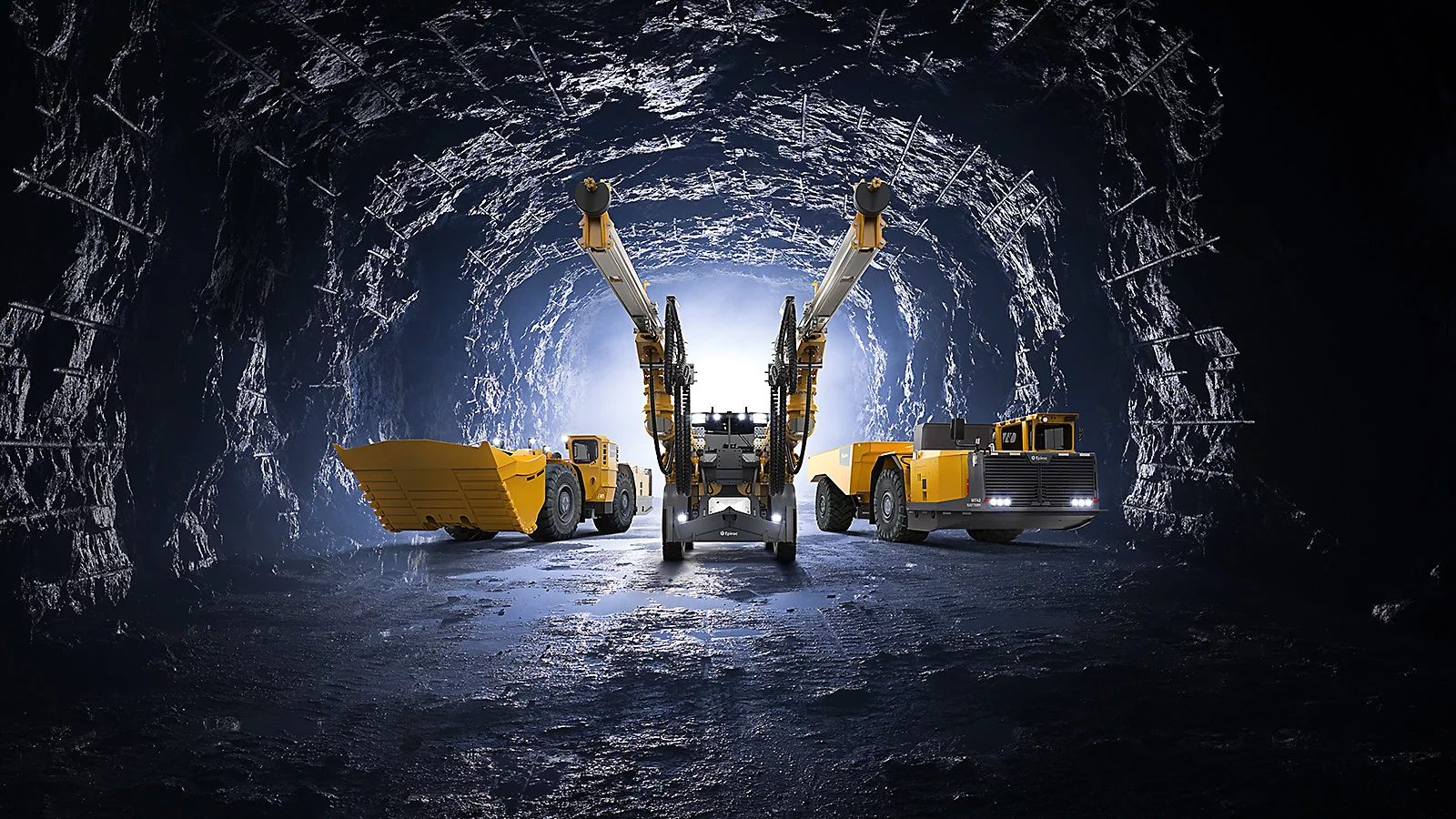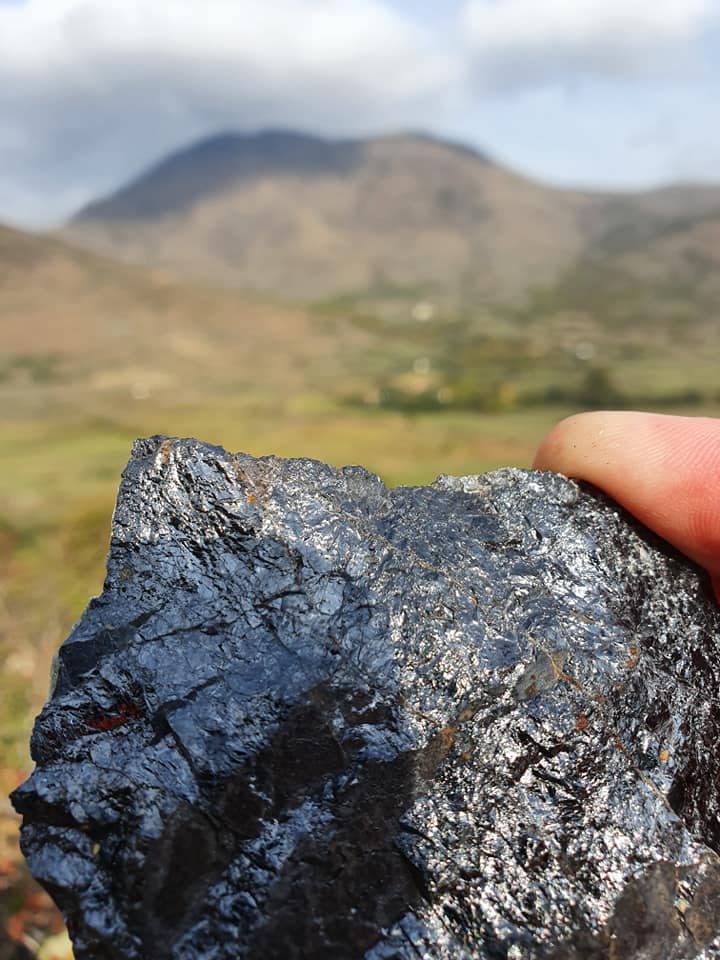This Week has the hottest days ever recorded for the planet an indication that climate change is reaching uncharted territory. Climate change is the greatest challenge humanity has ever faced. It is the race of our lives. The actions needed to prevent catastrophic change. “The situation we are witnessing now is the demonstration that climate change is out of control,” U.N. Secretary-General Antonio Guterres said. “If we persist in delaying key measures that are needed, I think we are moving into a catastrophic situation, as the last two records in temperature demonstrates.”
The Numbers don’t lie, this year has provided bitter evidence that even current levels of warming are disastrous, with astounding weather extremes events, Climate change poses a serious threat to the health, security, and prosperity of all people in this world. Ninety percent of global warming is occurring in the ocean, causing the water’s internal heat to increase.Covering more than 70% of Earth’s surface, our global ocean has a very high heat capacity. It has absorbed 90% of the warming that has occurred in recent decades due to increasing greenhouse gases, and the top few meters of the ocean store as much heat as Earth’s entire atmosphere according to NASA.
The effects of ocean warming include sea level rise due to thermal expansion, coral bleaching, accelerated melting of Earth’s major ice sheets, intensified hurricanes*, and changes in ocean health and biochemistry.
According to National Centers for Environmental Information, May 2023 is ranking as the world’s third-warmest May on record. Earth’s ocean surface temperatures also set a record high for the second month in a row, according to scientists from NOAA’s National Centers for Environmental Information. The average global May temperature was 1.75 degrees F (0.97 of a degree C) above the 20th-century average of 58.6 degrees F (14.8 degrees C), ranking as the third-warmest May in 174 years. May 2023 marked the 47th consecutive May and the 531st consecutive month with temperatures above the 20th-century average.
North America and South America had their warmest Mays on record, while Africa, Asia and Europe each had their top-20 warmest Mays. Antarctica had a cooler-than-average May.
For a second month in a row, global ocean surface temperatures set a record high. Weak El Nino conditions emerged as above-average sea surface temperatures strengthened across the equatorial Pacific Ocean, prompting NOAA’s Climate Prediction Center to announce the arrival of El Nino conditions.
The Northern Hemisphere’s spring was the third warmest on record at 2.32 degrees F (1.29 degrees C) above average. The Southern Hemisphere’s autumn ranked second warmest on record at 1.49 degrees F (0.83 of a degree C) above average.
The year-to-date (January through May 2023) global surface temperature ranked as the fourth-warmest such period on record, 1.82 degrees F (1.01 degrees C) above the 1901-2000 average of 55.5 degrees F (13.1 degrees C).
According to NCEI’s Global Annual Temperature Rankings Outlook, there is a virtually certain chance (greater than 99.0%) that 2023 will rank among the 10-warmest years on record, and about an 89% chance it will rank among the top five.

A map of the world plotted with some of the most significant climate events that occurred during May 2023. Please see the story below as well as more details in the report summary from NOAA NCEI at http://bit.ly/Global202305offsite link. (Image credit: NOAA/NCEI)
Antarctic sea ice hit a record low for May: Globally, May 2023 saw the second-lowest sea ice extent (coverage) on record for the month. Only May 2019 had a smaller global sea ice extent. Last month’s Antarctic sea ice extent ranked lowest on record for May, at 750,000 square miles below average. This was 190,000 square miles below the previous Antarctic record low from May 2019. Arctic sea ice extent for May 2023 ranked 13th smallest in the satellite record, about 40,000 square miles below average.
Three named storms occurred across the globe in May, all of which reached major tropical cyclone strength (winds of 111 mph or higher). Two storms reached Category 5 on the Saffir-Simpson Hurricane Wind Scale, with sustained winds of 157 mph or higher. May 2023 tied 2008 and 2015 for the most major hurricanes in May. The global accumulated cyclone energy (called ACE, a metric that indicates the amount of energy released by a tropical cyclone during its lifetime) was the highest on record in May and about 10% higher than the previous record set in 2015.
According to Vesta, a research-based organization, Coastal Carbon Capture is a way to harness the power of the oceans to accelerate the Earth’s natural long-term carbon dioxide removal process and enhance coastal resilience.
According to the Project Vesta; The Town of Southampton is implementing a beach nourishment project to replenish sand at North Sea Beach. The project includes Coastal Carbon Capture that will advance climate science research.
The North Sea Beach Colony-Beach Erosion Control District (NSCB-BECD) of the Town of Southampton has the necessary permits to complete the NSBC-BECD Beach Restoration Project.
The process aims to accelerate the natural chemical weathering of the mineral olivine by spreading large amounts of ground olivine-containing rock onto coastlines where it can dissolve in seawater, thereby increasing the rate of CO2 absorption by the ocean (Bach et al. 2019).
When olivine dissolves in water, it drives the below reaction to the right, thus increasing CO2 uptake, increasing pH, and generating alkalinity. As a result, this process has the potential co-benefit of counteracting ocean acidification. Ocean acidification is the process by which increasing atmospheric CO2 dissolves in seawater, which reduces pH (increasing acidity) (upper reaction in diagram below). This reduces the ability of calcifying organisms like corals to grow and produce exoskeletons, or shells. As you can see below, dissolving olivine in water sequesters hydrogen ions into dissolved silicate (H4SiO4), a molecule that can be used by diatoms, an important photosynthesizing algae that fixes carbon dioxide and forms the base of food web.
This reaction is the foundation of the Long-Term Inorganic Carbon Cycle, which has been occurring for billions of years, stabilizing Earth’s atmospheric CO2 concentrations, and in turn enabling life to thrive. In fact, carbon dioxide removal (CDR) through natural rock weathering consumes ~1 gigaton of CO2 every year (Ciais et al. 2013). Indeed, there are naturally-occurring olivine beaches with diverse ecosystems like Papakōlea Beach in Hawaiʻi, where we are researching the local ecology, ecotoxicology, olivine weathering rates, and secondary mineral formation.
New York based Albanian Minerals CEO Sahit Muja said, “We have find more economical and innovative solutions for carbon sequestration using natural eco friendly green rock. Magnesium olivine is the greatest natural solution to date against climate change, rising sea levels, rising ocean temperatures, ocean acidification, land degradation and desertification. It’s a nature’s way of turning carbon dioxide into nutrition for all biodiversity”.
Sahit Muja said, “To feed near 8 billion people, hundreds of billions of animals, trillions of sea creators and hundreds of trillions of plants, fruit trees, grass, vegetables and others. Albanian Minerals is working intensively to bring to the global markets in land and in the water 2 different magnesium ore mineral combination as one of the greatest future natural supplement combination the world have ever seen.
This marvelous wonder lies at the heart and body of every living thing . Is essential for all living cells and organisms. This is the next big thing in the 21st century, a great building block of new world”.
“A great journey of scientist for 30 years and hundreds of researches worldwide has proven that this nobel mineral Olivine is one of the finest eco-friendly building block on new world capable of removing all world’s CO2 from the atmosphere. Albanian Minerals holds and have discovered hundreds of billions of tons of olivine mineral globally, world’s highest grade magnesium olivine enough and fully capable on capture 100% of all carbon dioxide worldwide. This new technology under development is very cheap, scalable, and permanent”. Mr. Muja stated.
The most precious commodity on earth water, air and land are our most important resources, they are an irreplaceable element of our life, industry and our agriculture. Water and air are at the very heart of our existence.
Dutch designer Teresa van Dongen has launched Aireal, an online library showcasing materials that can capture atmospheric carbon. The fledgling library contains images and descriptions of materials developed by companies and institutes around the world that store carbon in a useful way via a process known as carbon capture and utilisation (CCU).
Materials featured include olivine, an abundant mineral that can absorb its own mass of carbon dioxide when crushed and scattered on the ground in a process known as mineral carbonation.
According to UN, Air pollution is the greatest environmental threat to public health globally and accounts for an estimated 7 million premature deaths every year,polluted environments take the lives of 1.7 million children under the age of five . Air pollution and climate change are closely linked as all major pollutants have an impact on the climate and most share common sources with greenhouse gases. Improving our air quality will bring health, development, and environmental benefits.
The World Health Organization calls air pollution the “single biggest environmental threat to human health and estimates that 99 percent of the world’s population live in locations that are above WHO thresholds designed to protect human health. Air pollution is primarily caused by the burning of fossil fuels, forest fires, waste burning, mining, industrial activities and other natural factors.
An estimated seven million people die every year from indoor and outdoor air pollution.
According to the World Health Organization unsafe drinking water, inadequate availability of water for hygiene, and lack of access to sanitation together contribute to about 88 percent of deaths from diarrheal diseases, which kill 900 children under 5 years old per day according to new UN estimates, or one child every two minutes.
UN-Water, the United Nations inter-agency coordination mechanism for all freshwater related issues including sanitation, concluded that the major sources of water pollution are from human settlements and industrial and agricultural activities. Approximately 3.5 million people die each year due to inadequate water supply, sanitation and hygiene.
Clean water and sanitation is one of the UN&rsquos Sustainable Development Goals. The United Nations is aiming to achieve universal and equitable access to safe and affordable drinking water for all by 2030. This goal is not only to improve human health, but also a solution to reduce the gender inequality in some parts of the world. In Africa, 90 percent of the work of gathering water is done by women and girls, who spend up to 6 hours every day fetching water. However, with the same access to productive resources as men, including water, women could increase yields on their farms by 20 to 30 per cent and lift 150 million people out of hunger.
Water is the lifeblood of human beings, and life on Earth. People depend on freshwater for drinking, cooking, cleaning, sanitation, growing food, fishing, generating energy, navigation, recreation and tourism. Safe, sufficient water and healthy aquatic ecosystems are essential for protecting health, achieving food security and ending poverty.
According to WHO in 2022 2.2 billion people have limited access to safe drinking water, and by 2025, half of the world’s population will be living in water-stressed areas.
New Solution to the world’s greatest problem:
The Belgian company Sibelco is a global leader in material solutions and has fine the way to clean water from pollution using mineral olivine. BLUEGUARD®, a patented mineral-based granular material that efficiently removes heavy metals and other pollutants from water. BLUEGUARD® is currently being used in a pilot project with Aurubis, a leading global provider of non-ferrous metals and one of the largest copper recyclers worldwide.
According to Sibelco Sustainable mineral-based solution has an extremely low carbon footprint.Effectively removes lead, zinc, copper, cadmium, mercury, nickel and cobalt. Made in Åheim, Sibelco’s specialist production plant on the west coast of Norway. Typically achieves metal binding efficiency of 5-15kg per ton of filter material. Minimum 15 min wastewater loading rate.
BLUEGUARD® is made from magnesium olivine one of the most important minerals being considered against CO2 and water pollutions. Sibelco is global power on Olivine mining.
According to Sahit Muja CEO of the Albanian Minerals , Magnesium Olivine is one of the finest eco-friendly building block on new world capable of removing 1 trillion tons of CO2 from the atmosphere.
“Magnesium olivine is the greatest natural solution to date against climate change, rising sea levels, rising ocean temperatures, ocean acidification, land degradation and desertification. It’s a nature’s way of turning carbon dioxide into nutrition for all biodiversity” . Sahit Muja said.

Discover more from Green Innovation News
Subscribe to get the latest posts sent to your email.





